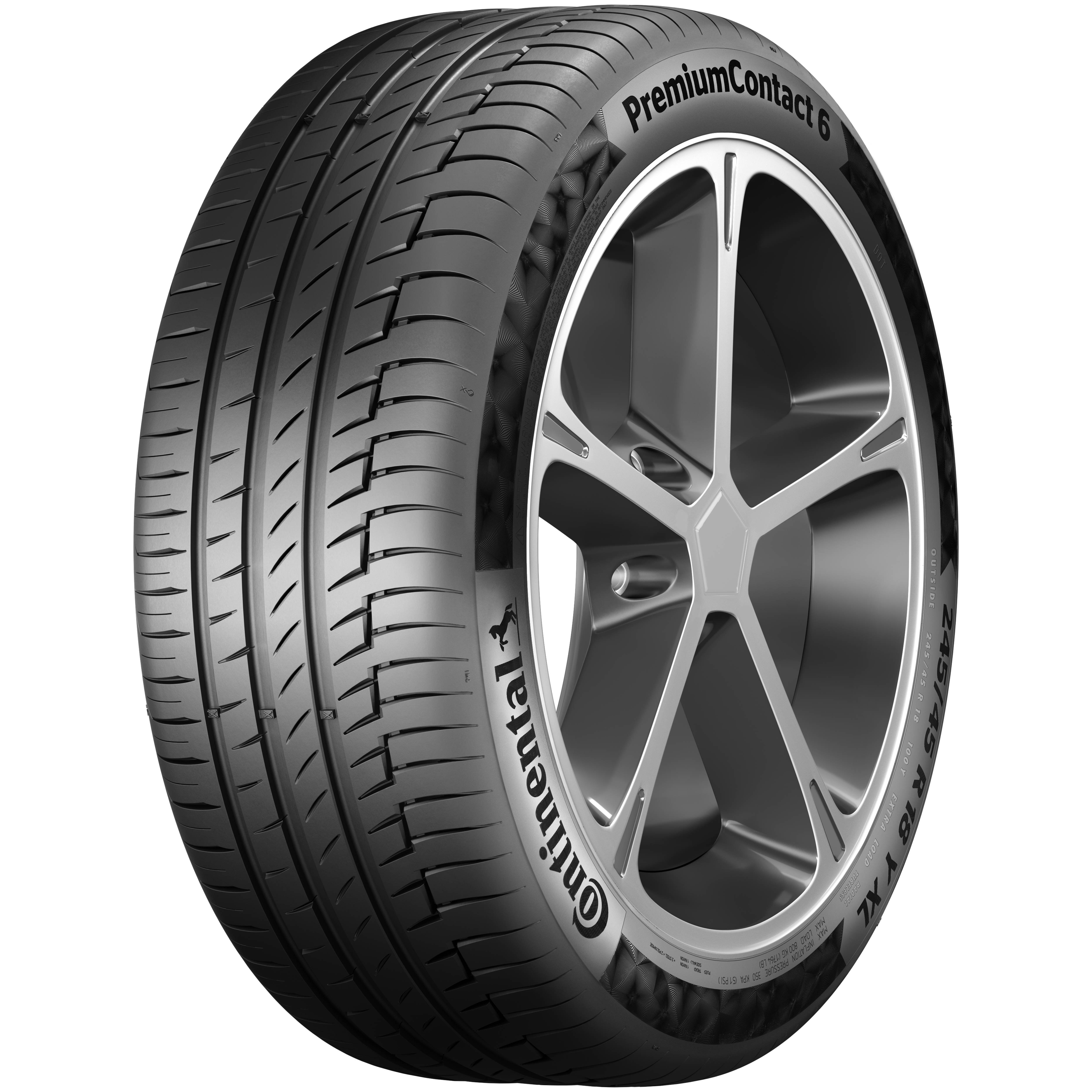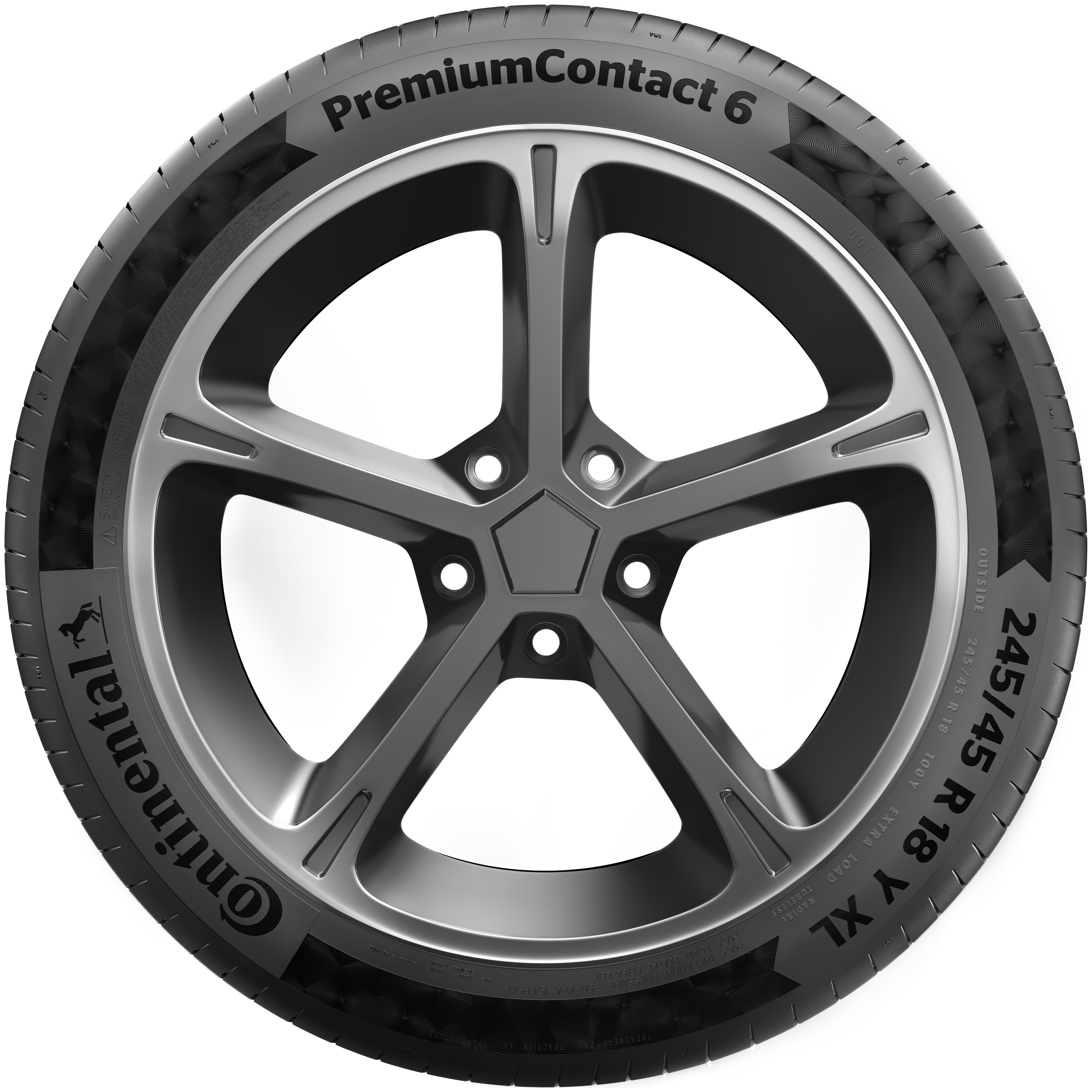(name of the tire)
(tire description)
Technical Details
- Snow performance
- Wet Performance
- Comfort
- EV-compatible
Excellent traction on snow
Optimally arranged blocks with transverse incisions in the centre ribs and shoulders considerably improve grip on snow. The special arrangement of multifunctional sipes ensures a better grip in all directions when in contact with the road surface. The special profile design in the middle improves the lateral grip on snow. This results in exceptionally good traction, short braking distances and safe driving on snowy roads.
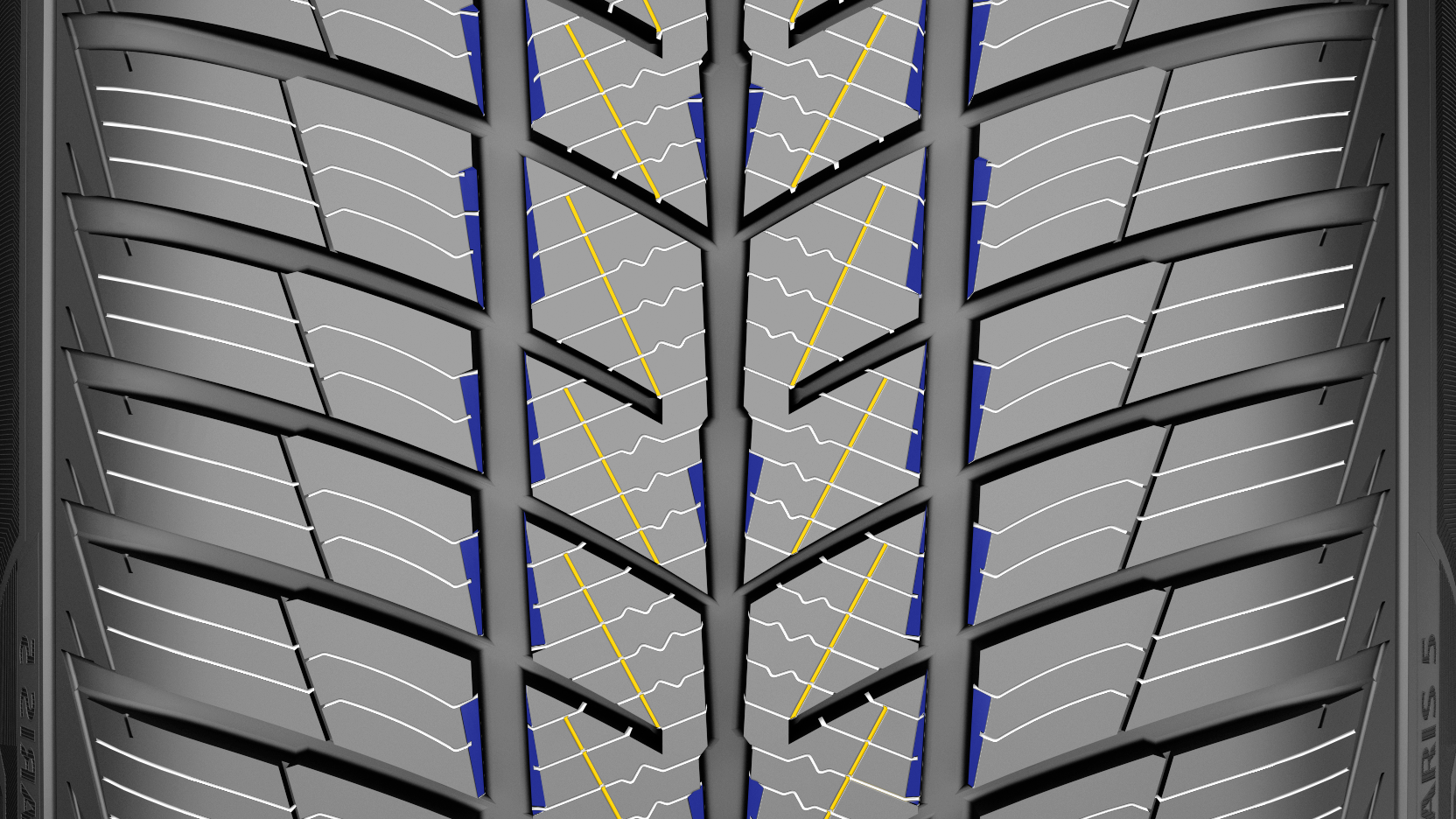
Safe performance on wet roads
Optimized positioning of the longitudinal grooves and lateral grooves improves water displacement from the tread on wet roads. Additional carvings in the shoulder area ensure optimum contact with the ground, which improves contact on wet roads. This arrangement of lateral and circumferential grooves ensures balanced, safe performance on wet roads.
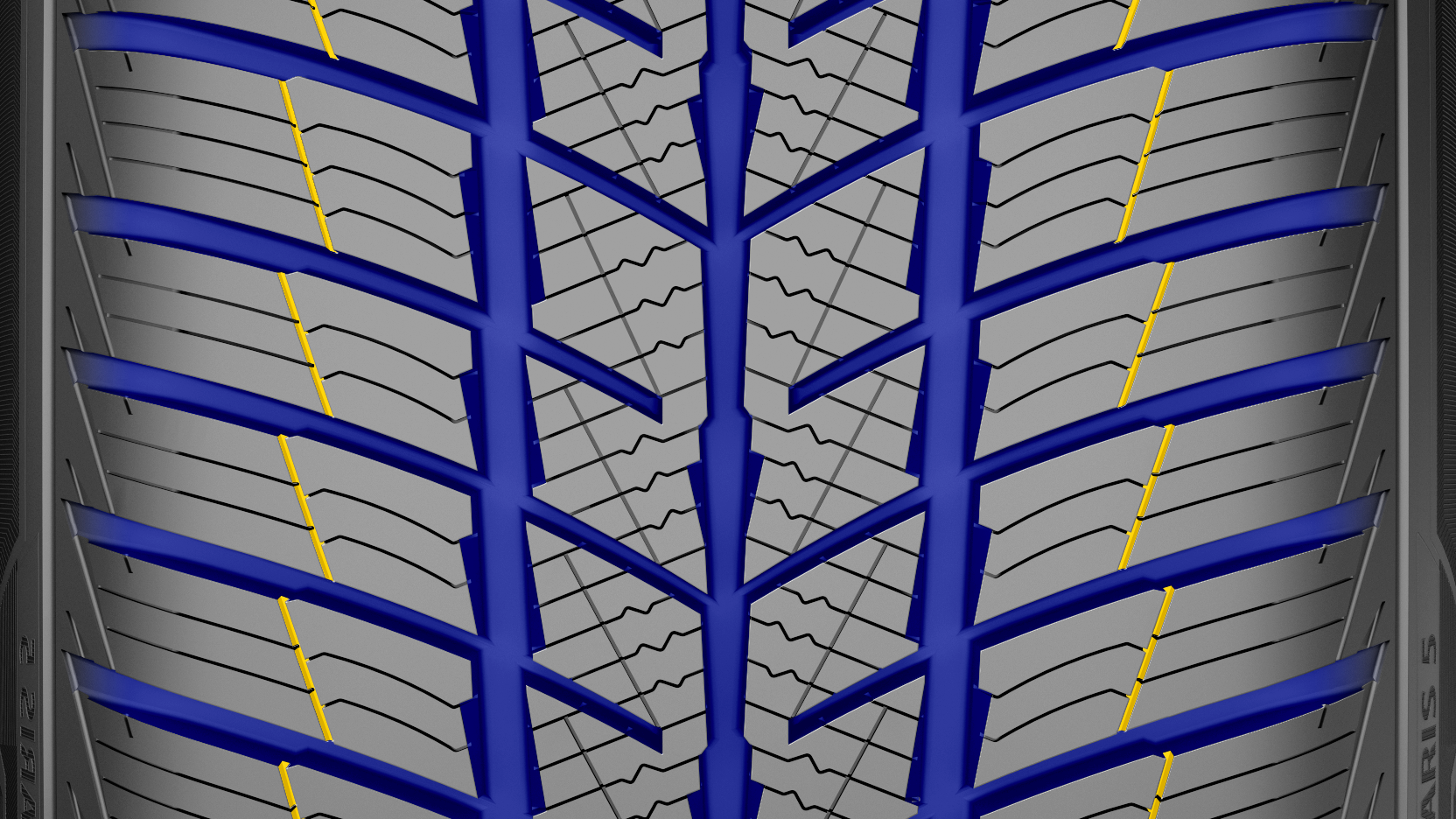
More comfort for relaxed driving
An improved tread structure with differently graded blocks whose length varies on both sides of the tread minimizes rolling noise. The resulting low noise level leads to a relaxing ride and less stress for the driver and other passengers.
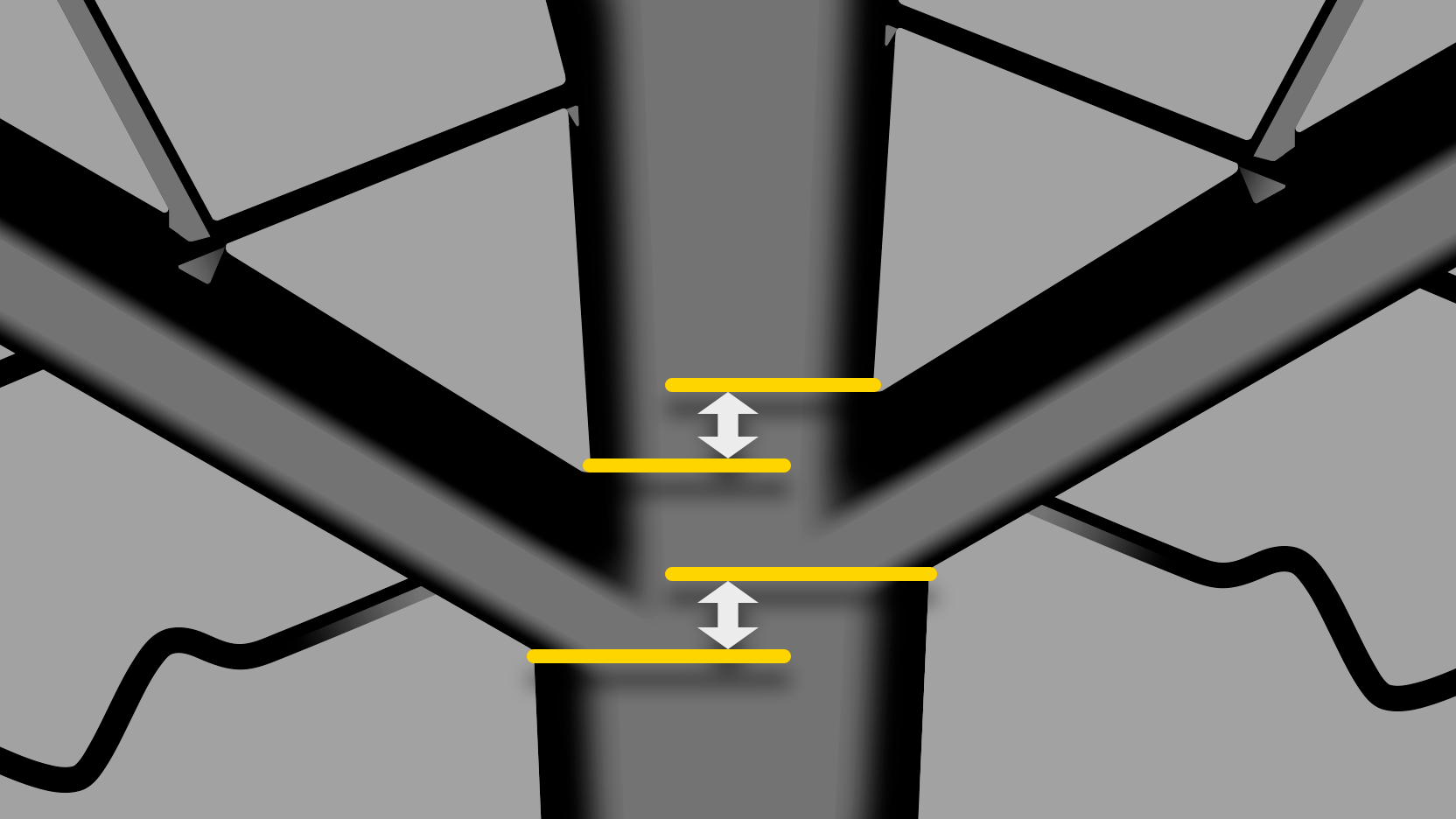
We make you ready for e-mobility
Our EV-compatible symbol confirms that the tire meets the requirements of electric vehicles as well as cars with combustion or hybrid engines.


